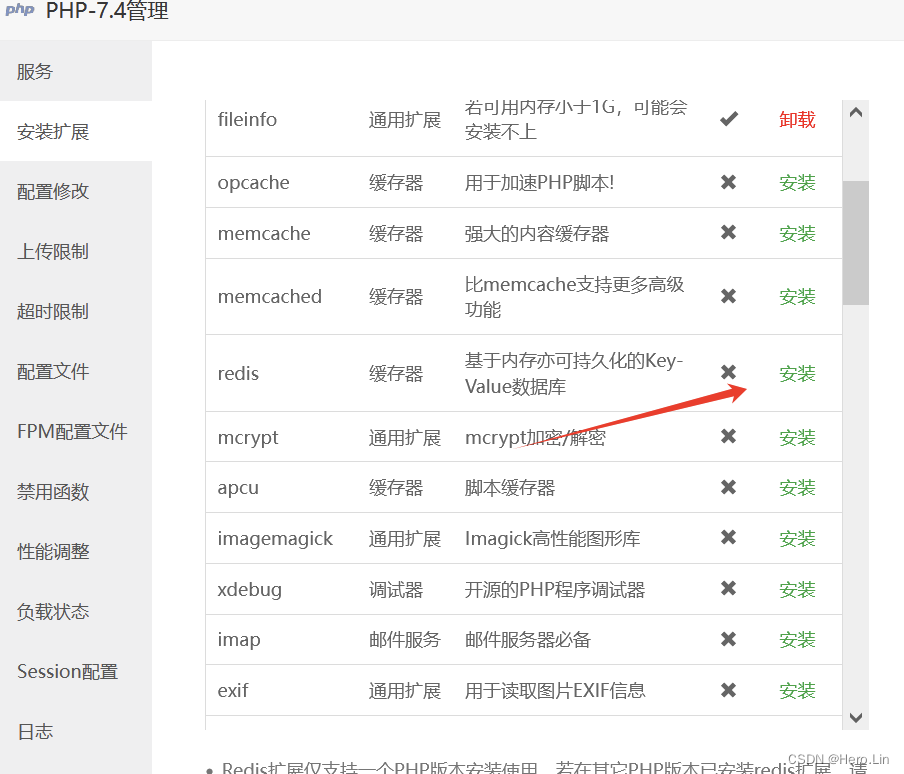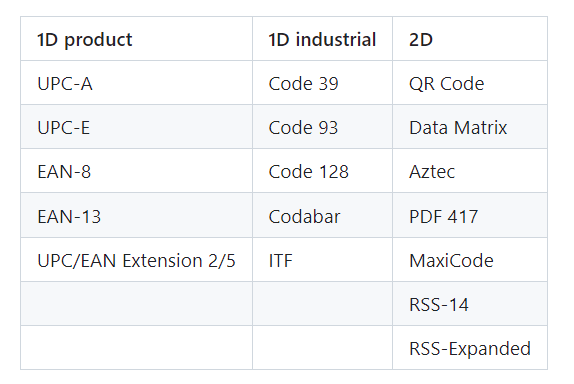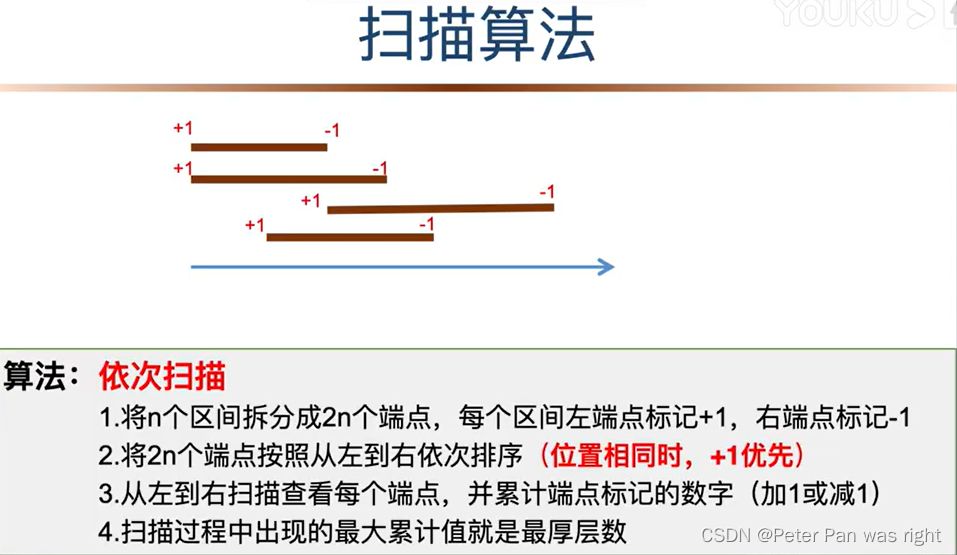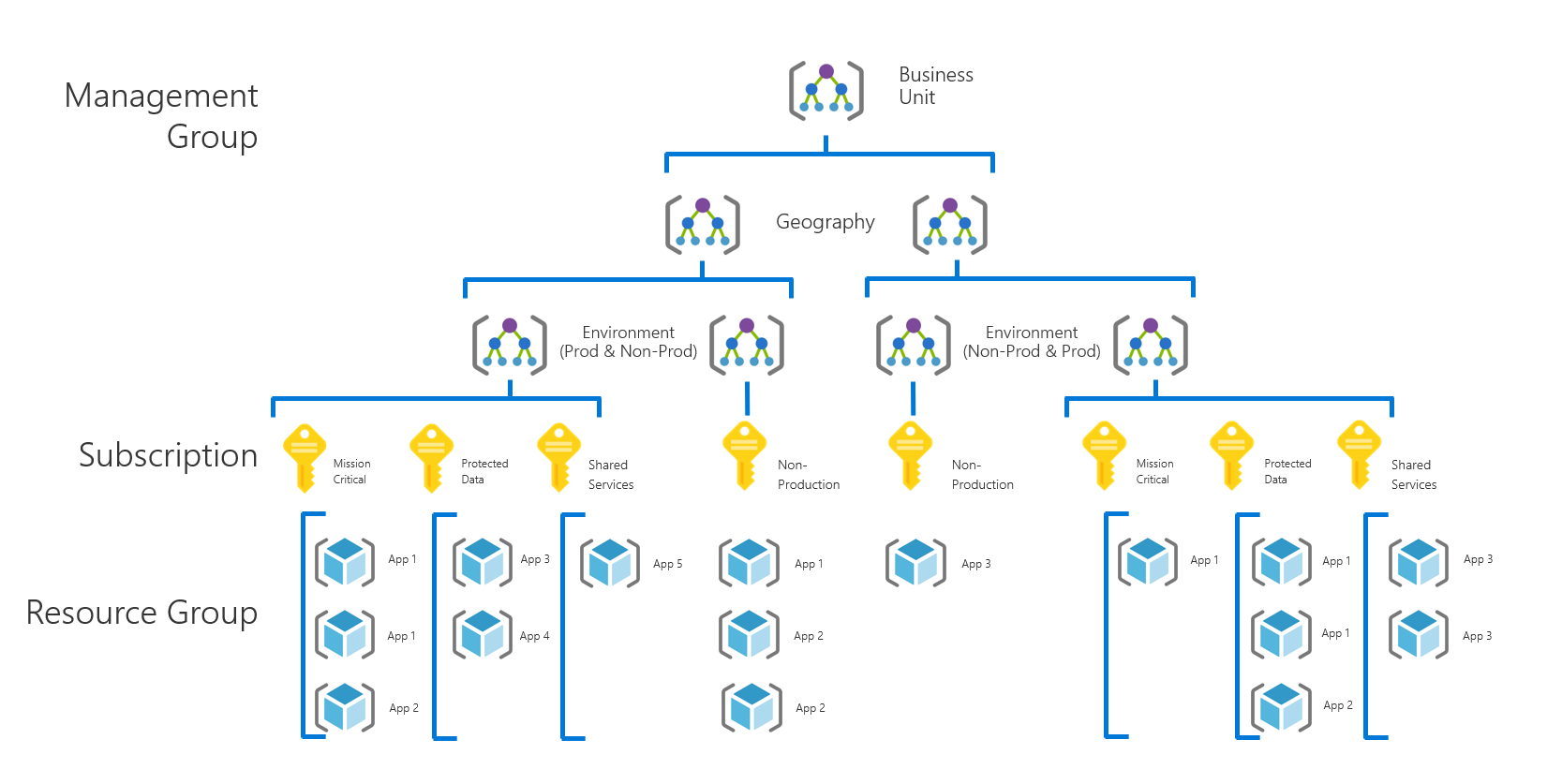
文章目录
- 5.1 Maven 和 Gradle - 构建你的堡垒
- 5.1.1 基础知识
- 5.1.2 重点案例:使用 Maven 构建一个简单的 Java 应用
- 5.1.3 拓展案例 1:使用 Gradle 构建一个 Spring Boot 应用
- 5.1.4 拓展案例 2:使用 Maven 管理多模块项目
- 5.2 Spring 框架 - 你的魔法棒
- 5.2.1 基础知识
- 5.2.2 重点案例:创建一个简单的 Spring Boot Web 应用
- 5.2.3 拓展案例 1:访问数据库
- 5.2.4 拓展案例 2:添加安全性
- 5.3 JUnit 测试 - 保卫你的堡垒
- 5.3.1 基础知识
- 5.3.2 重点案例:测试一个简单的计算器类
- 5.3.3 拓展案例 1:使用 Mock 对象测试
- 5.3.4 拓展案例 2:参数化测试
5.1 Maven 和 Gradle - 构建你的堡垒
在 Java 的世界里,Maven 和 Gradle 就像是构建和维护你的代码堡垒的得力助手。它们管理依赖、编译代码、运行测试和打包应用,确保你的开发过程既高效又无痛。
5.1.1 基础知识
-
Maven:Maven 使用基于 XML 的
pom.xml文件来管理项目的构建、报告和文档。它遵循"约定优于配置"的原则,意味着如果你遵循它的默认配置,就几乎不需要做额外的配置工作。 -
Gradle:Gradle 是一个基于 Groovy 的构建工具,使用
build.gradle文件来编写构建脚本。它结合了 Maven 的约定优于配置的原则和 Ant 的灵活性,同时引入了基于 Groovy 的 DSL(领域特定语言),使得构建脚本更加简洁和强大。
5.1.2 重点案例:使用 Maven 构建一个简单的 Java 应用
假设我们要创建一个简单的 Java 应用,这个应用依赖于 Google Guava 库。
pom.xml:
<project xmlns="http://maven.apache.org/POM/4.0.0"xmlns:xsi="http://www.w3.org/2001/XMLSchema-instance"xsi:schemaLocation="http://maven.apache.org/POM/4.0.0 http://maven.apache.org/xsd/maven-4.0.0.xsd"><modelVersion>4.0.0</modelVersion><groupId>com.example</groupId><artifactId>my-application</artifactId><version>1.0-SNAPSHOT</version><dependencies><dependency><groupId>com.google.guava</groupId><artifactId>guava</artifactId><version>30.1-jre</version></dependency></dependencies>
</project>
这个 pom.xml 文件定义了一个项目和一个依赖。Maven 会自动下载和管理这个依赖,让你可以轻松使用 Guava 库的功能。
5.1.3 拓展案例 1:使用 Gradle 构建一个 Spring Boot 应用
Spring Boot 应用的构建和部署可以通过 Gradle 来简化。假设我们要创建一个简单的 Spring Boot Web 应用。
build.gradle:
plugins {id 'org.springframework.boot' version '2.4.1'id 'java'
}group = 'com.example'
version = '0.0.1-SNAPSHOT'
sourceCompatibility = '11'repositories {mavenCentral()
}dependencies {implementation 'org.springframework.boot:spring-boot-starter-web'
}test {useJUnitPlatform()
}
这个 build.gradle 文件使用了 Spring Boot Gradle 插件来简化 Spring 应用的构建和打包过程。
5.1.4 拓展案例 2:使用 Maven 管理多模块项目
在大型项目中,你可能需要将你的项目分解成多个模块,每个模块负责不同的任务。Maven 支持多模块项目的构建,让你可以在一个父项目中管理多个子项目。
父项目的 pom.xml:
<project xmlns="http://maven.apache.org/POM/4.0.0"xmlns:xsi="http://www.w3.org/2001/XMLSchema-instance"xsi:schemaLocation="http://maven.apache.org/POM/4.0.0 http://maven.apache.org/xsd/maven-4.0.0.xsd"><modelVersion>4.0.0</modelVersion><groupId>com.example</groupId><artifactId>parent-project</artifactId><version>1.0</version><packaging>pom</packaging><modules><module>module1</module><module>module2</module></modules>
</project>
每个子模块都会有自己的 pom.xml 文件,但它们都是父项目的一部分,可以共享依赖和插件配置。
通过这些案例,我们可以看到 Maven 和 Gradle 如何成为 Java 开发中不可或缺的工具,帮助你高效地管理项目依赖、构建和打包应用。无论是简单的单一应用还是复杂的多模块项目,它们都能让你的开发过程更加顺畅。现在,穿上你的斗篷,开始你的构建之旅吧!

5.2 Spring 框架 - 你的魔法棒
Spring框架,就像是赋予了Java开发者超能力的魔法棒,让复杂的企业级应用开发变得简单而优雅。它提供了一套全面的编程和配置模型,支持现代Java应用的全方位开发需求。
5.2.1 基础知识
-
IoC 容器(Inversion of Control):Spring的核心是其IoC容器,它管理应用中对象的创建、配置和管理。通过依赖注入(DI),对象之间的依赖关系在运行时自动解决,减少了代码耦合。
-
AOP(面向切面编程):Spring支持AOP,允许开发者定义横切关注点(如日志、事务管理),从而提高模块化。
-
Spring MVC:一个用于构建Web应用的强大框架,基于Model-ViewController(模型-视图-控制器)架构。
-
Spring Boot:简化了基于Spring的应用开发,提供了大量自动配置,使得项目启动和配置更加容易。
5.2.2 重点案例:创建一个简单的 Spring Boot Web 应用
假设我们要创建一个简单的Web应用,用于返回“Hello, World!”消息。
Spring Boot 应用主类:
@SpringBootApplication
public class HelloWorldApplication {public static void main(String[] args) {SpringApplication.run(HelloWorldApplication.class, args);}@RestControllerpublic static class HelloWorldController {@GetMapping("/")public String hello() {return "Hello, World!";}}
}
在这个例子中,@SpringBootApplication启动了Spring的自动配置和Spring应用上下文。HelloWorldController是一个简单的REST控制器,通过@RestController和@GetMapping注解定义,当访问根URL时,返回“Hello, World!”。
5.2.3 拓展案例 1:访问数据库
使用Spring Data JPA简化数据库操作,自动实现数据访问层。
@Entity
public class User {@Id@GeneratedValue(strategy = GenerationType.AUTO)private Long id;private String name;// Getters and setters omitted for brevity
}@Repository
public interface UserRepository extends JpaRepository<User, Long> {
}@RestController
@RequestMapping("/users")
public class UserController {@Autowiredprivate UserRepository userRepository;@GetMappingpublic List<User> listUsers() {return userRepository.findAll();}
}
在这个例子中,User类通过@Entity注解映射到数据库表。UserRepository接口继承JpaRepository,提供了丰富的数据访问方法。UserController通过注入UserRepository来访问用户数据,并通过REST API暴露出来。
5.2.4 拓展案例 2:添加安全性
使用Spring Security添加基本的认证和授权。
@EnableWebSecurity
public class WebSecurityConfig extends WebSecurityConfigurerAdapter {@Overrideprotected void configure(HttpSecurity http) throws Exception {http.authorizeRequests().anyRequest().authenticated().and().formLogin().and().httpBasic();}
}
在这个例子中,WebSecurityConfig类通过@EnableWebSecurity注解启用了Web安全性,并通过重写configure方法配置了HTTP请求的安全性。所有的请求都需要认证,支持表单登录和HTTP基本认证。
通过这些案例,我们可以看到Spring框架和Spring Boot如何让企业级应用的开发变得更加简单和高效。从创建RESTful服务、操作数据库到加强安全性,Spring都提供了强大的支持。掌握Spring,让你的Java开发之旅充满魔法和可能!

5.3 JUnit 测试 - 保卫你的堡垒
在软件开发的世界中,写代码就像是建造一座堡垒,而JUnit测试则是那些守卫堡垒的勇士,确保每一块石头都牢固可靠。JUnit是Java开发中最流行的单元测试框架之一,它提供了一套简单的注解和断言来帮助开发者编写和执行测试,从而确保代码的质量和稳定性。
5.3.1 基础知识
-
基本注解:
@Test:标记一个方法为测试方法。@Before/@BeforeEach:在每个测试方法执行前运行。@After/@AfterEach:在每个测试方法执行后运行。@BeforeClass/@BeforeAll:在所有测试开始前只运行一次。@AfterClass/@AfterAll:在所有测试结束后只运行一次。
-
断言:JUnit提供了一系列的断言方法来检查测试结果是否符合预期,如
assertEquals(),assertTrue(),assertNotNull()等。
5.3.2 重点案例:测试一个简单的计算器类
假设我们有一个简单的计算器类,提供了加法和减法操作。我们将编写单元测试来验证这些功能。
Calculator.java:
public class Calculator {public int add(int a, int b) {return a + b;}public int subtract(int a, int b) {return a - b;}
}
CalculatorTest.java:
import static org.junit.Assert.*;
import org.junit.Test;public class CalculatorTest {private Calculator calculator = new Calculator();@Testpublic void testAdd() {assertEquals(5, calculator.add(2, 3));}@Testpublic void testSubtract() {assertEquals(1, calculator.subtract(3, 2));}
}
在这个案例中,我们为Calculator类的add和subtract方法编写了单元测试,使用assertEquals断言来验证方法的返回值是否符合预期。
5.3.3 拓展案例 1:使用 Mock 对象测试
在复杂的应用中,某些类的测试可能依赖于其他组件。为了隔离测试,我们可以使用Mock对象来模拟这些依赖。
假设我们有一个UserService类,它依赖于UserRepository。我们可以使用Mockito来模拟UserRepository。
UserServiceTest.java:
import static org.mockito.Mockito.*;
import static org.junit.Assert.*;
import org.junit.Test;
import org.mockito.InjectMocks;
import org.mockito.Mock;
import org.mockito.junit.MockitoJUnitRunner;
import org.junit.runner.RunWith;@RunWith(MockitoJUnitRunner.class)
public class UserServiceTest {@Mockprivate UserRepository userRepository;@InjectMocksprivate UserService userService;@Testpublic void testFindUserById() {when(userRepository.findUserById(1)).thenReturn(new User(1, "Alice"));User user = userService.findUserById(1);assertEquals("Alice", user.getName());}
}
5.3.4 拓展案例 2:参数化测试
当我们需要对同一方法使用不同的输入值进行多次测试时,可以使用JUnit的参数化测试功能。
StringHelperTest.java:
import org.junit.runner.RunWith;
import org.junit.runners.Parameterized;
import org.junit.Test;
import static org.junit.Assert.*;@RunWith(Parameterized.class)
public class StringHelperTest {private String input;private String expectedOutput;public StringHelperTest(String input, String expectedOutput) {this.input = input;this.expectedOutput = expectedOutput;}@Parameterized.Parameterspublic static Collection<Object[]> testConditions() {return Arrays.asList(new Object[][] {{"AACD", "CD"},{"ACD", "CD"}});}@Testpublic void testRemoveAInFirst2Positions() {assertEquals(expectedOutput, StringHelper.removeAInFirst2Positions(input));}
}
通过这些案例,我们看到JUnit测试如何成为Java开发者守卫代码质量的强大工具。它不仅可以帮助我们确保代码的正确性,还能使重构和维护变得更加容易。记得经常运行你的测试勇士们,让你的代码堡垒坚不可摧!


![[缓存] 1. 缓存共性问题](https://img-blog.csdnimg.cn/direct/8319a8221102466c9a4afe72a7cb5882.png)








